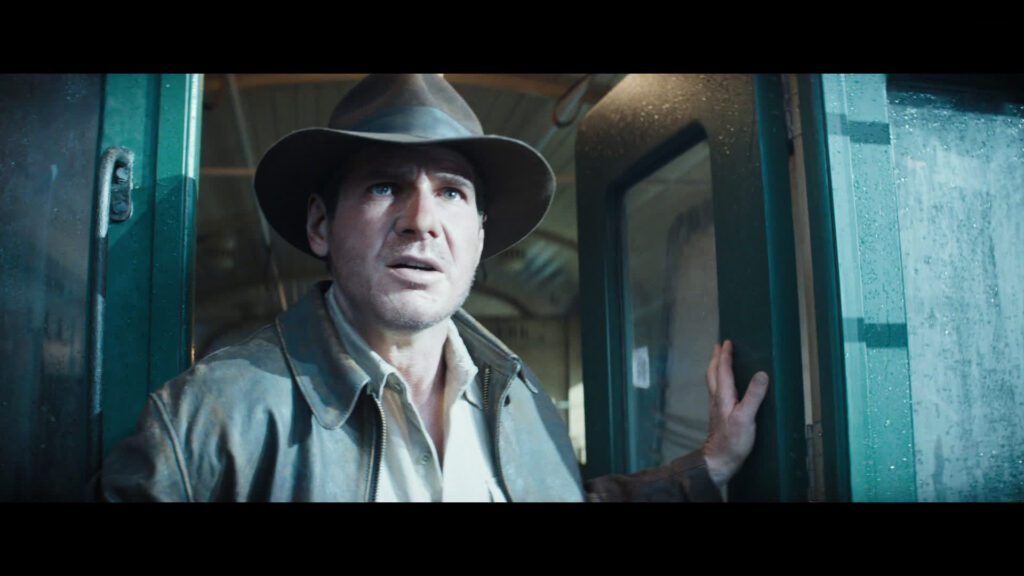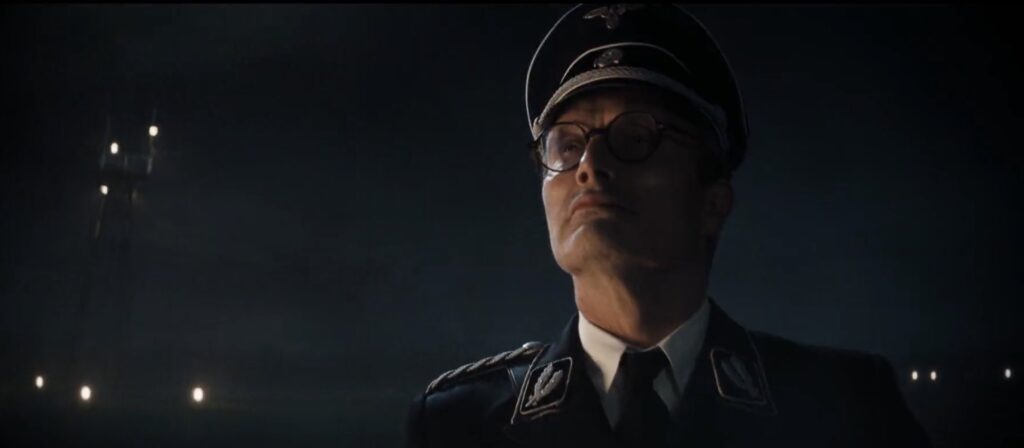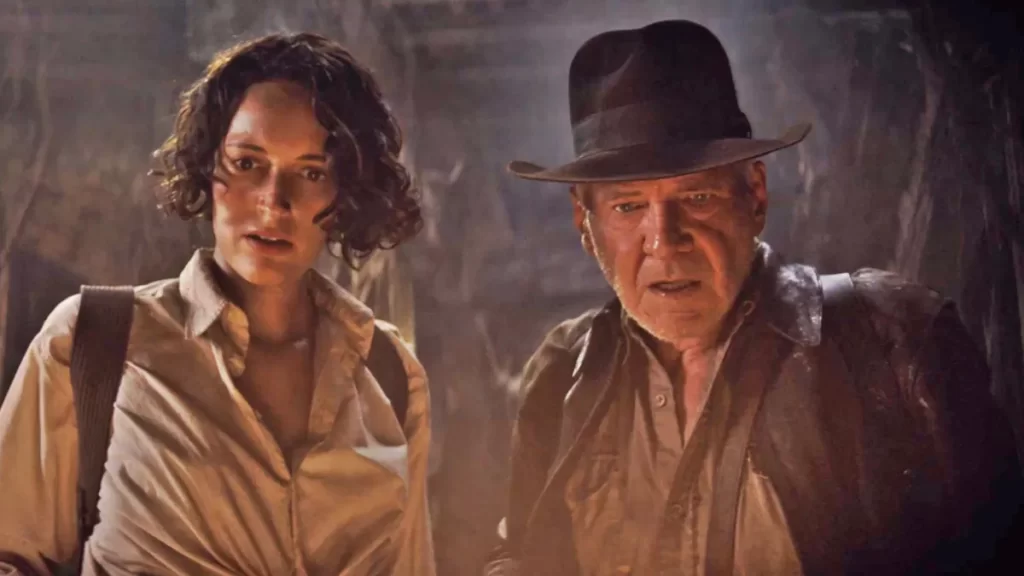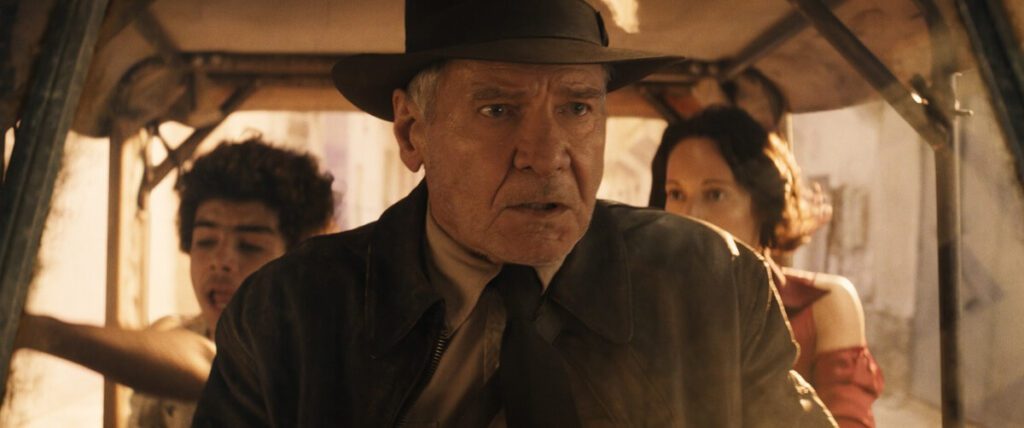Give ’em hell! Shouts Sallah, John Rhys-Davies making a cameo that tugs at the nostalgic heartstrings of longtime Indiana Jones fans. Is this the one to redeem the mess that was Crystal Skull? “Indiana Jones and the Dial of Destiny” blends familiar Indy-style adventure with new, somewhat jarring elements, particularly in its screenplay and direction. The narrative, starting in 1944, sees Indiana Jones and Basil Shaw attempting to retrieve the Lance of Longinus, only to uncover half of Archimedes’ Dial, which reveals time fissures.


Fast forward to 1969, a retired Indy is compelled back into action when his goddaughter, Helena Shaw, and former Nazi scientist Jürgen Voller, now working for NASA, pursue this powerful artifact. This pursuit launches a globe-trotting chase from New York to Tangier, and eventually to Greece and Sicily, where Indy and his team try to prevent Voller from altering World War II’s outcome.


The film’s screenplay, developed by a team of four writers, struggles in its delivery. The reliance on time travel, a notable deviation from the typical Indiana Jones narrative, feels more like an effort to align with modern blockbuster trends than a genuine evolution of the franchise’s storytelling style. This thematic shift leads to a disjointed story that sometimes feels out of place in the Indiana Jones universe.
Character development, especially for newcomers like Helena and Voller, is lacking. Their motivations and backgrounds are insufficiently explored, weakening the emotional impact of their interactions with Indy. The dialogue, a strength in Spielberg’s films, fails to capture the franchise’s iconic wit and energy.


Pacing is inconsistent. Unlike Spielberg’s brisk, engaging rhythm, “Dial of Destiny” has uneven pacing. Certain scenes, especially those heavy on exposition or character interactions, feel prolonged, while pivotal action scenes seem rushed.
Despite these familiar elements, the film under James Mangold’s direction carves out its unique flair. Mangold, though lacking Spielberg’s touch for grand action sequences, brings a tighter, more grounded approach. This style, particularly his focus on vehicular action, suits an older, slower Indy, resulting in thrilling chases and a final sequence that provides pure entertainment. This approach adds a new dimension to the action sequences, despite veering away from the expansive feel of Spielberg’s direction.


“Dial of Destiny” inevitably draws comparisons with earlier films in the series, especially “Raiders of the Lost Ark,” which set a high bar. Like “Temple of Doom” and “The Last Crusade,” which also faced criticism for trying to recapture the magic of “Raiders,” this new installment contends with similar challenges. It balances honoring the franchise’s legacy while trying to establish its own identity.
“Indiana Jones and the Dial of Destiny” is an entertaining addition to the franchise. It might not immerse viewers as deeply as the earlier movies (definitely an improvement over Crystal Skull), but it offers a fun and mostly engaging experience. The film adeptly balances nostalgia and innovation, providing a journey worth taking for both longtime fans and newcomers to the series.

